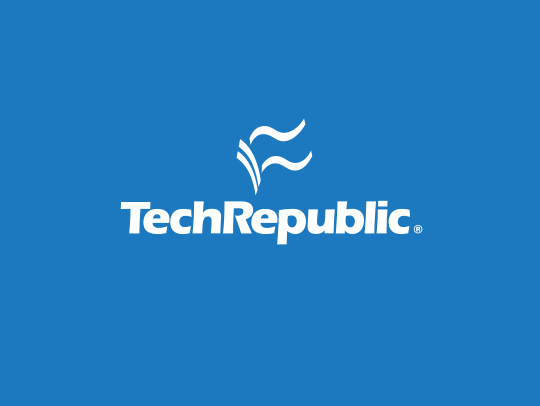
Data Management
TechRepublic PremiumGDPR Data Breach Notification Letter (Free Download)
In the current business environment, it is almost inevitable that an organization will experience a security breach that exposes collected personal data to unauthorized access. Under the provisions of the General Data Protection Regulation, regardless of the severity of the security breach, organizations must inform their EU customers and stakeholders of the incident in a ...


